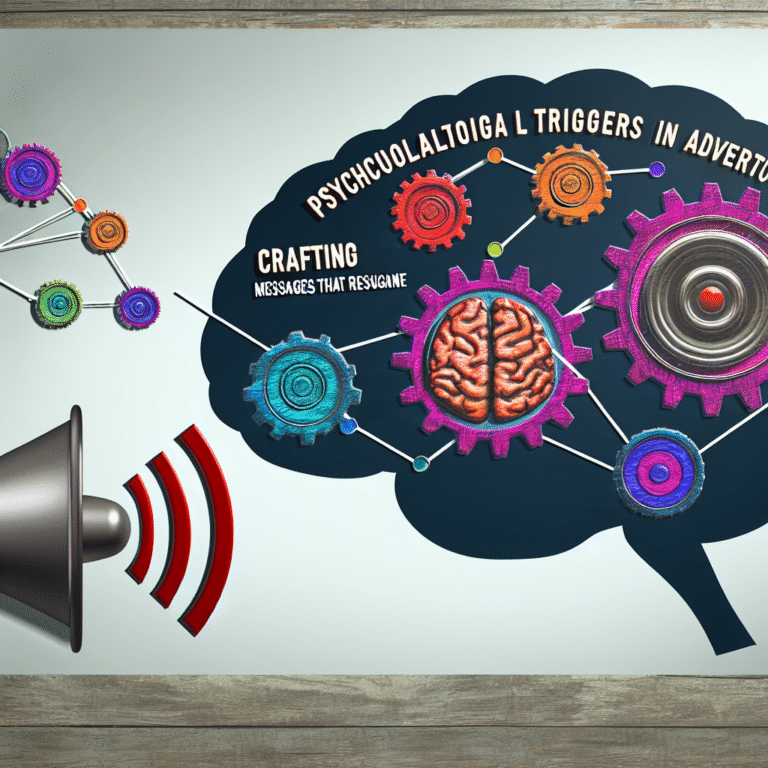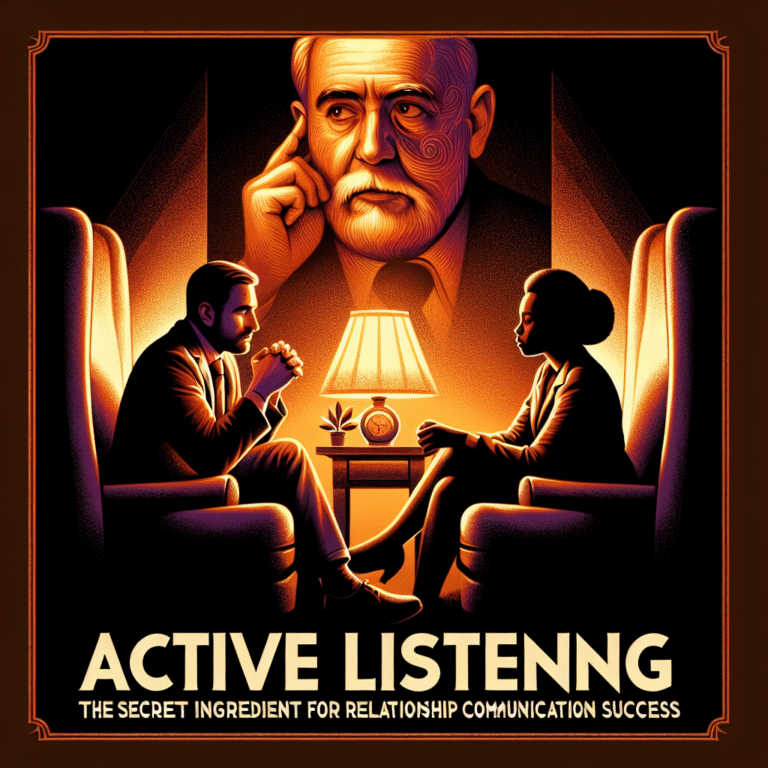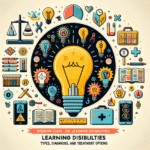
The Power of Reinforcement: Proven Behavioral Strategies for Nurturing Young Minds
Introduction
In today’s fast-paced world, parents and educators face an ever-growing challenge: fostering resilience, creativity, and critical thinking in children. The Power of Reinforcement: Behavioral Strategies for Nurturing Young Minds emerges as a beacon of hope, offering a comprehensive toolkit to nurture young minds effectively. Reinforcement, a fundamental concept in behavioral psychology, holds the key to shaping behaviors in a positive manner, turning difficult moments into opportunities for growth, learning, and emotional transformation.
By understanding how reinforcement works and applying these strategies, we can not only enhance learning outcomes but also build stronger, more nurturing relationships with children. Are you ready to delve deep into the transformative power of reinforcement? Let’s embark on this journey together!
Understanding Reinforcement: The Basics
What is Reinforcement?
Reinforcement, in behavioral psychology, refers to any stimulus that increases the likelihood of a behavior being repeated. It’s divided into two main categories: positive reinforcement, which involves encouraging a desired behavior through rewards, and negative reinforcement, which involves removing an unfavorable condition to promote a desired behavior.
Why is Reinforcement Important for Young Minds?
Children are naturally inquisitive, and reinforcing positive behaviors can tap into their innate desire to explore and learn. By consistently applying The Power of Reinforcement: Behavioral Strategies for Nurturing Young Minds, we can craft environments where young learners thrive, recognizing that each small victory leads to larger achievements over time.
Various Reinforcement Strategies
1. Positive Reinforcement Techniques
- Praise and Rewards: A simple "Great job!" can go a long way. Children respond well to acknowledgment of their efforts. Creating a reward system, such as stickers or tokens, can incentivize desirable behaviors.
Case Study: The Sticker Chart
At Maple Grove Elementary, a teacher implemented a sticker chart for her third-grade class to encourage reading habits. Each time a student finished a book, they received a sticker. They were allowed to exchange stickers for small prizes once a certain number was collected. The outcome? A 40% increase in the number of books read within a single semester!
Analysis: This case illustrates the effectiveness of tangible rewards and visual tracking to motivate children, demonstrating a practical application of The Power of Reinforcement: Behavioral Strategies for Nurturing Young Minds.
2. Negative Reinforcement
Though it sounds counterintuitive, negative reinforcement can also be effective. This method involves the removal of uncomfortable stimuli when desired behavior occurs.
Real-World Application: Homework Completion
In a high school setting, teachers noticed that students were more likely to complete their homework if they were given an early release from class as a reward. By lessening the burden of a longer school day, students were motivated to engage in their assignments proactively.
Analysis: This highlights that removing a negative element can foster a more conducive learning environment, enhancing engagement and encouraging proactive behavior, an essential aspect covered under The Power of Reinforcement: Behavioral Strategies for Nurturing Young Minds.
3. Social Reinforcement
Children thrive on social connections. Incorporating social reinforcement techniques can shape their behaviors positively.
- Peer Approval: Children often seek validation from their peers. Promoting positive interactions within group activities can reinforce collaborative behaviors.
Case Study: The Classroom Mural Project
In a collaborative art project, a teacher divided students into teams to create a mural. Positive feedback from peers reinforced teamwork, communication, and individual contributions. The result was not only a beautiful mural but also strengthened relationships among students.
Analysis: This case emphasizes the role of teamwork and peer reinforcement in fostering positive social behaviors while enriching the learning environment, aligning seamlessly with The Power of Reinforcement: Behavioral Strategies for Nurturing Young Minds.
Implementing Reinforcement Strategies
1. Consistency is Key
To cultivate habits effectively, ensure your reinforcement strategies are consistent. Establish rules and stick to them, making sure that children understand what behaviors lead to rewards or consequences.
2. Tailor to Individual Needs
Every child is unique. Adjust reinforcement strategies based on individual personalities and learning styles to maximize their effectiveness. A one-size-fits-all approach rarely works!
3. Monitor Progress
Keep track of behavioral changes. Regularly assess what’s working and what isn’t, allowing you to adapt your methods as needed for optimal results.
Tools and Techniques for Effective Reinforcement
Tables and Charts
Example 1: Reinforcement Techniques Matrix
| Technique | Description | Example |
|---|---|---|
| Positive Reinforcement | Rewarding desirable behavior | Stickers for reading books |
| Negative Reinforcement | Removing discomfort to promote behavior | Early school release for homework done |
| Social Reinforcement | Leveraging peer approval | Group projects for teamwork |
Example 2: Monitoring Behavior Progress
| Child’s Name | Desired Behavior | Frequency Prior to Reinforcement | Frequency After Reinforcement |
|---|---|---|---|
| John Doe | Completing homework on time | 2x weekly | 4x weekly |
| Jane Smith | Participating in class | 1x weekly | 3x weekly |
Challenges and Misconceptions
Common Misunderstandings
Reinforcement Equals Bribery: This misconception can hinder effective use of reinforcement. Understanding the difference is vital; bribery is external and typically reactive, while reinforcement is proactive and internal.
- Only Rewards Matter: Negative reinforcement plays a crucial role as well. Understanding both can lead to a balanced strategy for nurturing young minds.
Overcoming Challenges
- Stay Educated: Regularly update your knowledge of behavioral strategies through workshops or reading.
- Community Support: Engage with other parents and educators to share experiences and strategies.
Conclusion
The Power of Reinforcement: Behavioral Strategies for Nurturing Young Minds offers incredible potential for shaping young lives. By implementing positive, negative, and social reinforcement techniques tailored to individual needs, we can create rich learning environments where children flourish. As we look forward to our roles in nurturing the next generation, remember: the smallest reinforcement can lead to the greatest transformations.
Let’s empower our youth to explore, learn, and thrive, using the power of reinforcement as our guiding light!
FAQs
1. What is the difference between positive and negative reinforcement?
Positive reinforcement involves adding a reward to encourage desirable behavior, while negative reinforcement involves removing an unpleasant stimulus to promote a desired behavior.
2. Can reinforcement strategies be applied in a home environment?
Absolutely! Reinforcement strategies can be applied in various settings, including home, to encourage positive behaviors in children.
3. How can I measure the effectiveness of reinforcement strategies?
Keeping track of behavioral changes through charts or observational notes can help you assess the effectiveness of your methods over time.
4. Is it possible to over-reward children?
Yes. Over-rewarding can diminish the value of the reward. It’s important to balance rewards with intrinsic motivation.
5. How do I handle resistance to reinforcement?
If children resist, revisit the strategies used. Engaging them in the rule-setting process can foster buy-in and alignment with desired behaviors.
By embracing The Power of Reinforcement: Behavioral Strategies for Nurturing Young Minds, we can ensure our children not only succeed academically but also develop the emotional and social skills necessary to thrive in an ever-evolving world.

















